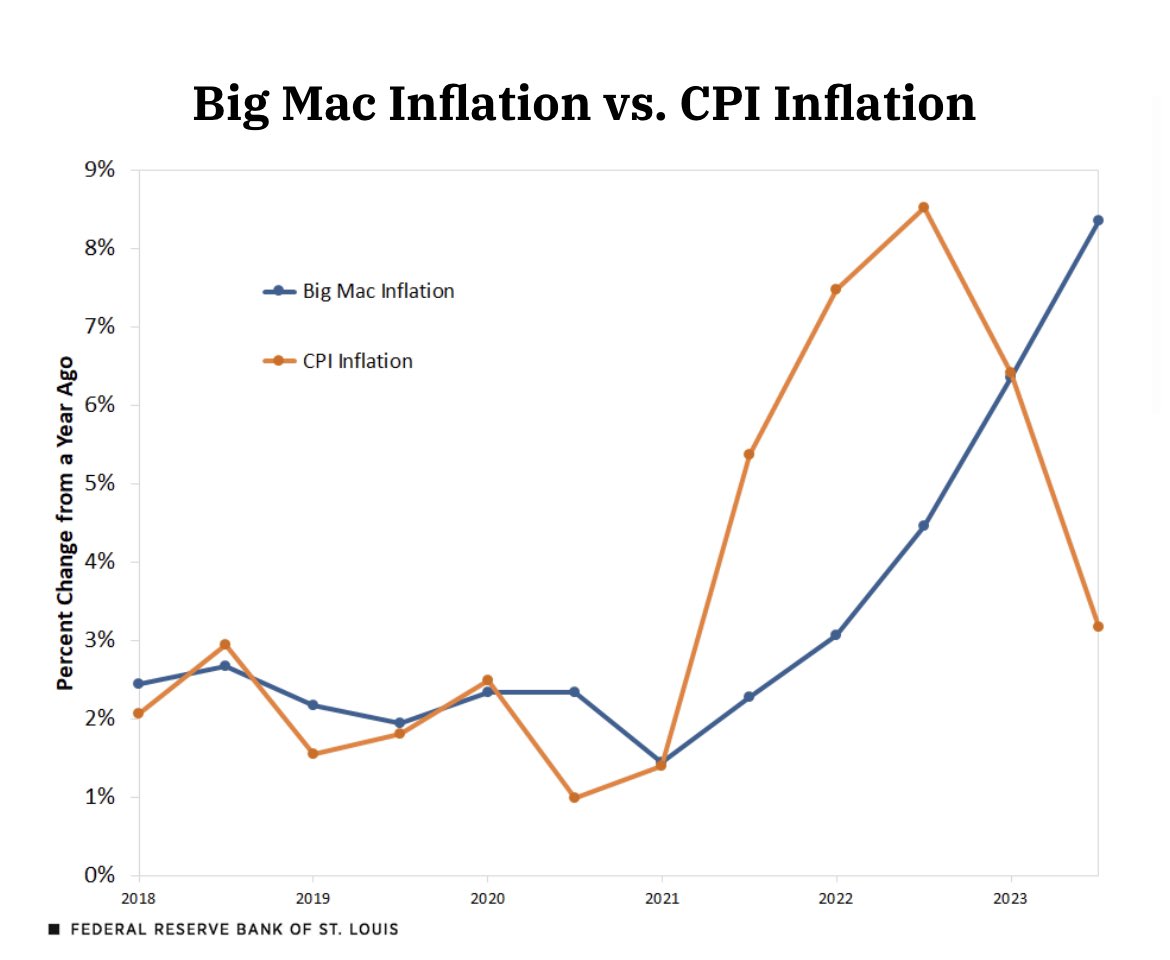The Big Mac Price Surge: Examining Shrinkflation and Economic Change Over the Decades

The Jaw-Dropping Journey of the Big Mac: From $1.60 to $8.00 and Shrinking Along the Way
Reporting the Shift: A Quarter Pounder of Change
Across the fast-food landscape, few icons are as instantly recognized as the McDonald’s Big Mac. Originally launched in the late 1960s, this signature sandwich quickly became a staple of American dining. Fast-forward to the present day and its price tag paints a striking portrait of economic transformation. In 1980, the going rate for a Big Mac was $1.60. By 2025, that same order rings up at $8.00. This exponential increase unfolds against the stark reality that the size of the sandwich has diminished by 40 percent over the intervening years. Meanwhile, the clout of the U.S. dollar has faded significantly, with its buying power reduced by a factor of 8.3 over the same period.
Stacking Up the Numbers: Economic Shifts in Every Bite
Looking beneath the surface, the Big Mac serves as more than just a burger; it becomes an unexpected economic marker. The climb from $1.60 to $8.00 marks a fivefold rise in the nominal price, but this figure alone only hints at deeper undercurrents. As the sandwich’s size has decreased by nearly half, each dollar spent delivers less value in tangible product. This phenomenon, often described as shrinkflation, is evident when customers receive a noticeably smaller burger for a much larger sum. The situation becomes even more complex when factoring in the drastic erosion of purchasing power. Over these decades, the U.S. dollar’s ability to buy everyday goods has weakened, making today’s dollars much “lighter” than they were in 1980.
The Big Mac as an Economic Barometer
Within global economics, the Big Mac is widely recognized as a practical gauge for tracking how changes in inflation, purchasing power, and cost of living impact the average consumer. The underlying methodology relies on observing consistent products sold widely across different markets—an approach popularized by the Big Mac Index. This reference point underscores how localized pricing shifts and broader economic trends converge in the cost of a single meal. What was once a budget-friendly option at $1.60 is now emblematic of broader price pressures, as $8.00 becomes the new benchmark—and for a smaller serving, no less.
Pivotal Moments and Key Takeaways
The evolution observed here isn’t just about one item on a menu—it’s about how Americans perceive value and the consequences of long-term changes in their economy. The decline in the sandwich’s size, even as prices soar, reflects a convergence of operational shifts and larger monetary trends. For many consumers, this represents a moment of recalibration—rethinking what constitutes affordability and satisfaction in a fast-food purchase. Each price adjustment, each change in portion size, ripples across customer expectations and spending habits, signaling broader societal changes.
Big Mac: More Than Just a Meal
The seemingly simple act of ordering a fast-food burger encapsulates decades of economic adjustment. The transformation of this popular sandwich—from its cost to its portion size—offers a concise, relatable illustration of inflation and diminished purchasing ability. As these numbers climb and portions shrink, the Big Mac remains an undeniable barometer for the cost pressures affecting daily lives. In every sesame-seed bun, the story of shifting value and changing times is ready to be unwrapped, bite by bite.
